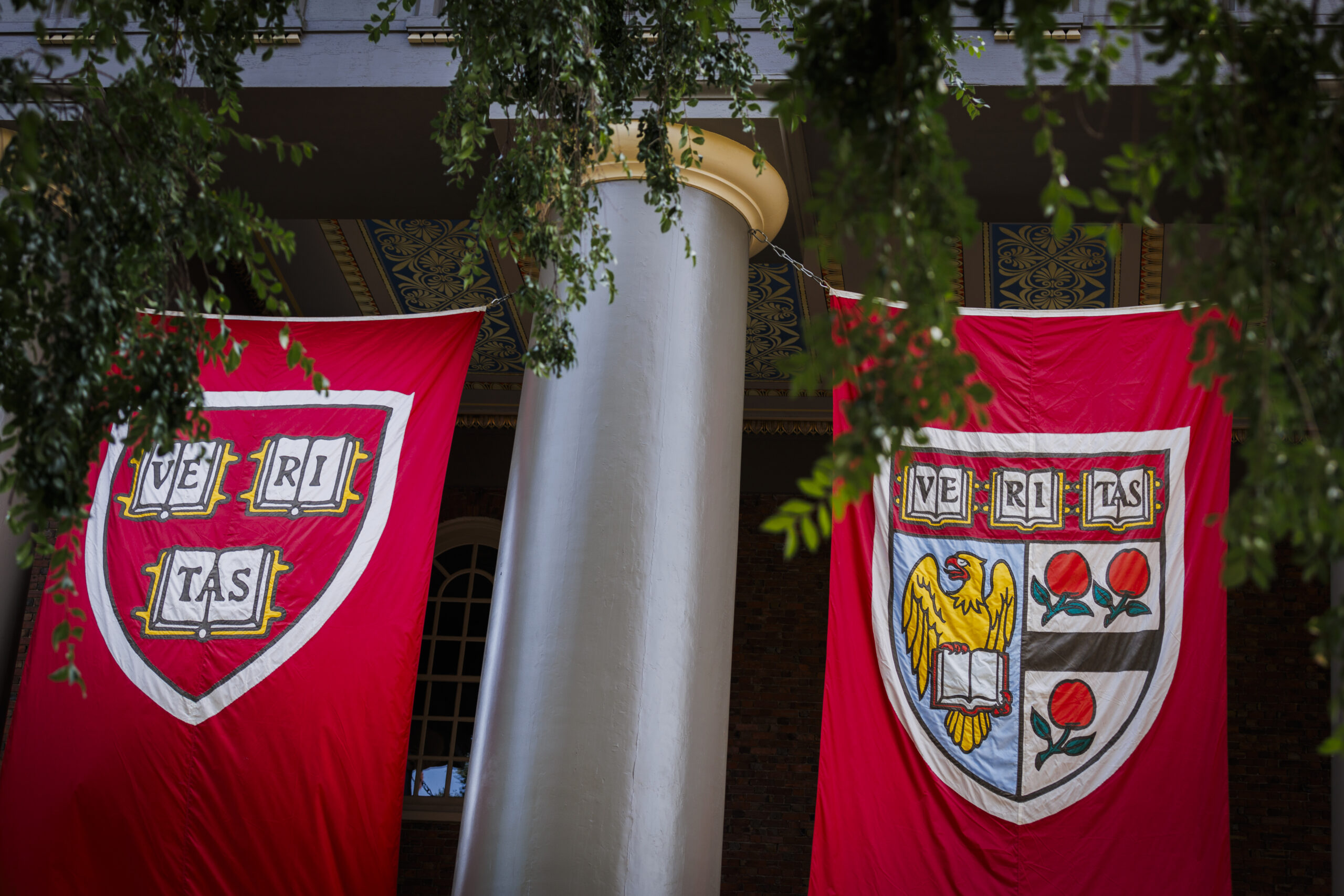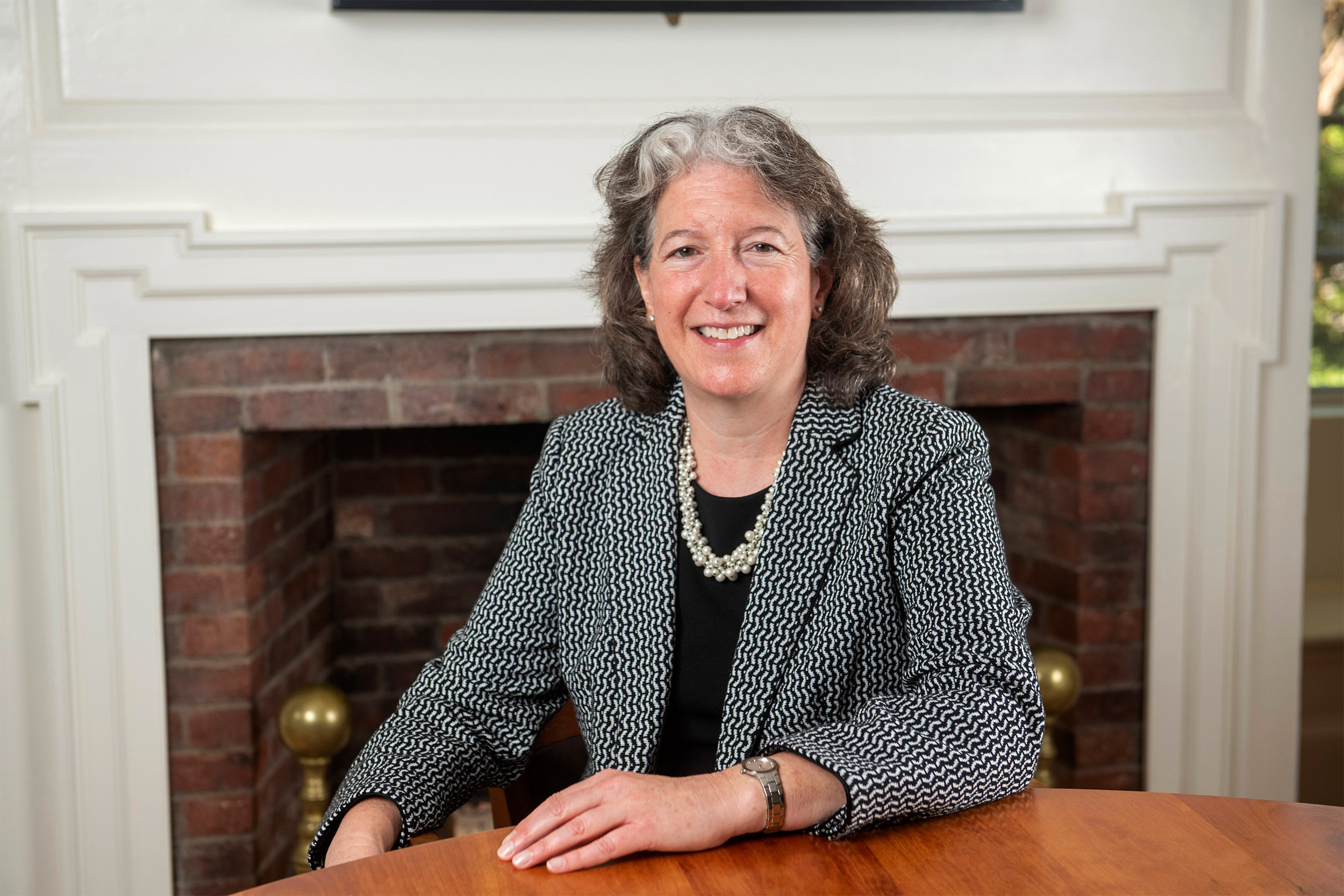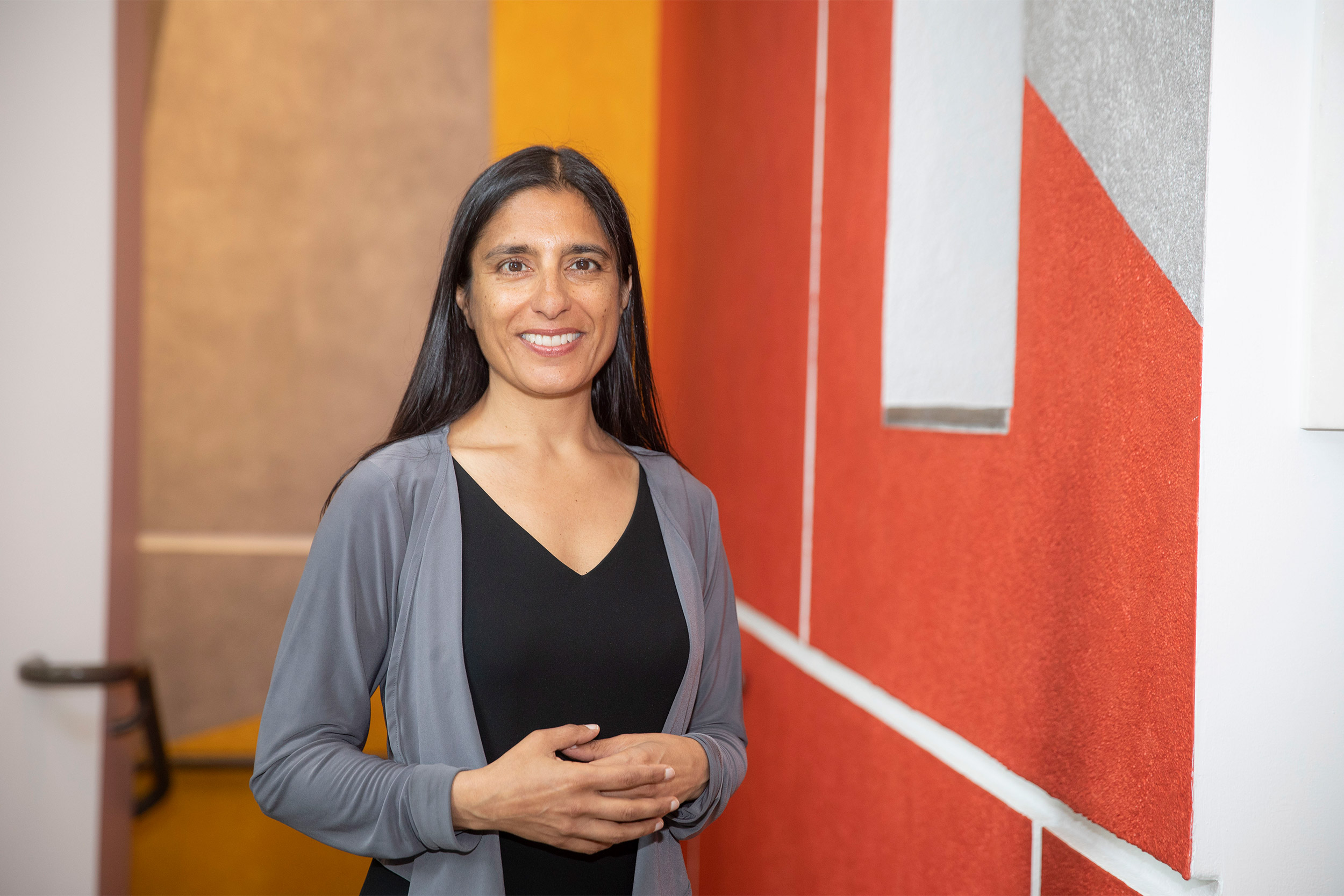
Stephanie Mitchell/Harvard Staff Photographer
Harvard reports strong financial position, yet urges caution
University expenses outpace revenue for fiscal year 2023
For the first time since before the pandemic, Harvard University experienced a full fiscal year of robust academic and campus activity. In a conversation marking the release of the fiscal 2023 financial report, Executive Vice President Meredith Weenick and Vice President for Finance and Chief Financial Officer Ritu Kalra discussed how the return to more normal campus operations and the current economic environment are factoring into Harvard’s commitment to increase access to world-class research and academic opportunities.
Q&A
Meredith Weenick and Ritu Kalra
GAZETTE: Over the last few years, Harvard has operated in a challenging economic environment due to the impacts of the pandemic. This last fiscal year is the first to return to some relative sense of normal. How would you characterize the University’s financial position?
WEENICK: Academic year 2022-2023 saw a full return to campus life, including academic, co-curricular, and extracurricular activities. What that means for our financial position is that we saw a return of expenses that had been suppressed over the last few years during the pandemic. That’s a good thing in this case, because it’s a direct reflection of a dramatic increase in activities that had been put on hold. The resurgence of that activity drove expenses in ways that we predicted and were eager to see once again.
KALRA: To pick up where Meredith started, we were glad to have the full return to in-person community life at Harvard this year. Our research and academic advancements never ceased, but the renewed personal interactions have reinvigorated the atmosphere. It could be tempting to view the financial results narrowly and only in comparison to last year, but the broader perspective is that the recovery from the pandemic has spanned the last two years. Our revenues largely recovered during academic year 2021-2022 as enrollment surged. This academic year we saw our expenses bounce back as well. In addition, Schools and units began to make investments in adapting classrooms and workspaces to accommodate new ways of learning and working. We also invested in the workforce by filling vacancies that had remained open for longer than we wanted because of labor market disruptions during the pandemic. All of these led to an overall result that’s more characteristic of prepandemic norms.
That said, the catch-up in expenses has occurred in a complicated moment. Inflation has been persistent in every arena — wages, supplies, construction costs — and is not yet behind us. Interest rates are higher than they have been in decades, which adds to our costs and puts pressure on the broader financial markets. Going forward, we will need to watch the pace of operating expense growth, which was nearly double this year’s revenue growth. That was purposeful this year, but that level of growth is not sustainable over the long run.
“As we look ahead, we know we need to continue to make strategic investments in our people, as our people — our students, our faculty, our staff — are the embodiment of our mission.”
Meredith Weenick

Executive Vice President Meredith Weenick.
File photo by Jon Chase/Harvard Staff Photographer
GAZETTE: Even with expenses outpacing revenue, the University still ended the year with a $186 million operating surplus. If expenses grew at the pace they did, how did we end the year with a surplus? And how does that impact our operations going forward?
KALRA: We remain incredibly fortunate in the resilience of our operations. Expense growth may have outpaced our revenue growth, but our starting point is a sound financial base in which our overall revenues exceed our expenses. For that, we are grateful for the careful stewardship of our financial resources by faculty and staff across the University, and we are especially grateful to our donors, whose generosity, past and present, accounts for nearly half our $6.1 billion in revenues.
You’ll also recall that two years ago the Harvard Management Company (HMC) generated a 33.6 percent return. That return allowed us to increase the distribution this year, which accounted for about half of our revenue growth.
WEENICK: It’s also worth noting that current-use gifts have been steady, both during and subsequent to the pandemic, contributing 8 percent of revenues this fiscal year. This is another tremendous resource for our Schools.
GAZETTE: Last fiscal year, the endowment reported its first negative return in five years. This year the endowment return was back in the positive, at 2.9 percent. What factors do you think contributed to this year’s endowment return?
KALRA: At the most basic level, Harvard’s endowment is set up to support the University in perpetuity. It would be easy to compare the endowment return to public equity markets like the S&P 500, because we can readily track the index on the news or in our individual portfolios, but that comparison is misguided. Given its mandate as a perpetual source of support for the University’s academic mission, the endowment is invested in a mix of asset classes that reflects its risk tolerance.
HMC, which manages the endowment, has purposely increased its exposure to private equity and reduced exposure to underperforming asset classes under Narv Narvekar’s leadership. That was a boon last year, when we were buffered from the severe double-digit declines the public equity markets suffered. This year, as Narv suggested was likely to happen, private equity valuations did not have much room to rise because they never took the initial hit. This is not unique to Harvard. In fact, many of our peers have reported returns that lag the major public indices.
WEENICK: It’s important to remember that we expect to see variability in year-to-year returns. The job of HMC is to make sure the University has the resources it needs to maintain our operations for the long term. That’s the purpose of the endowment. This means you have to look at the endowment over an extended period. HMC’s strong stewardship of the endowment is reflected in the longer view. In fact, the return over the last six years is 9.2 percent.
GAZETTE: How did the endowment market value decrease from $50.9 billion to $50.7 billion, even though it experienced a 2.9 percent return?
KALRA: The change in the overall market value from the beginning of the year to the end of the year is driven by two main components, namely what we spend and what we earn. Harvard spent $2.2 billion of the endowment’s beginning market value to support faculty, students, and operations. The second thing to look at is what we earned. The 2.9 percent return added $1.3 billion to the market value, and gifts and other changes to the endowment added another $800 million. The net result was a slight decrease in the endowment’s market value this year.
The combined impact of all this activity is meaningful going forward. This year’s modest returns meant the overall endowment balance decreased from last year. But this is exactly why our considerations around the endowment must be a “long game,” without allowing any one year to have outsized impact.
“This year’s modest returns meant the overall endowment balance decreased from last year. But this is exactly why our considerations around the endowment must be a ‘long game,’ without allowing any one year to have outsized impact.”
Ritu Kalra

Vice President for Finance and Chief Financial Officer Ritu Kalra.
Kris Snibbe/Harvard Staff Photographer
GAZETTE: One of the key themes found throughout this year’s financial report is access and opportunity. How is Harvard using its resources to ensure access and opportunity for more people?
WEENICK: Access and opportunity are key themes for the University writ large, not just for our financial results. This year there were a couple of categories in which we made significant advances in access and opportunity.
The first is the increase in financial aid for Harvard College undergraduates. For the incoming class of 2027, admitted students whose families have a household income of $85,000 or less will attend Harvard College for free, with no loans. That threshold is up from $75,000 last year and represents an incredible opportunity for many of our undergraduates. We estimate that 25 percent of the class will attend for free, and we are excited about the Faculty of Arts and Sciences’ leadership in providing a financial aid program that enables access for so many students.
Also, access comes in many forms, including academic engagements. We have made great strides in opening our academic doors and sharing our knowledge in various ways with the rest of the world, including by expanding access to our collections and making them available to researchers outside the University. Harvard and the Legacy of Slavery is one example where our partnership is deepening the capacity of [Historically Black Colleges and Universities] libraries to archive their collections.
Another aspect of opportunity we are excited about is the fact that the Harvard Art Museums are now free for all visitors. The Harvard Art Museums have been steadily working toward this important objective for some time, and I am so glad we were able to accomplish that goal this fiscal year. It’s important for us to be able to offer unfettered access to our collections.
Lastly, the University has been very active in Axim, which is the successor to our investment in EdX alongside MIT. This is a new nonprofit dedicated to opening educational access and improving educational outcomes at scale, which is not something that either MIT or Harvard can readily do on our physical campuses. Through this partnership and investment in other digital platforms, the Axim collaborative is now engaged in this important work. We hope to see real progress coming out of Axim in the coming year.
GAZETTE: What is the projected financial outlook for next year and beyond?
WEENICK: As with previous years, we share a positive outlook about the University’s current financial position. We have strong reserves and a good revenue outlook, but we need to keep an eye on our expenditure trend, while continuing to make strategic investments in important aspects of Harvard’s mission. The way we steward our resources for future generations is by being responsible in the years we are sitting in these seats.
As we look ahead, we know we need to continue to make strategic investments in our people, as our people — our students, our faculty, our staff — are the embodiment of our mission. We need to make sure we are making strategic investments to recruit and retain the best faculty and students, and to create an environment in which they can do their best work. But we have to keep an eye on where we see other expenses growing at rates that are outsized to our revenue growth.
A good example of where inflation has already impacted operational expenses is the construction industry. Our renovation projects on campus are all costing significantly more than they did even just a couple of years ago. Harvard is not immune to these pressures, and we need to make sure our expenditures are in balance with our aspirations. However, as we’ve mentioned before, the University has developed strong planning tools over the last several years that have instilled discipline and allowed us the flexibility to make adjustments where necessary as we forge ahead.
KALRA: We also need to think about the broader context. Harvard exists within the wider higher education community. Along with our peers, we have an obligation to be responsible financial stewards as we invest in the research and teaching mission, and as we continue to drive discovery and expand access and opportunity.




